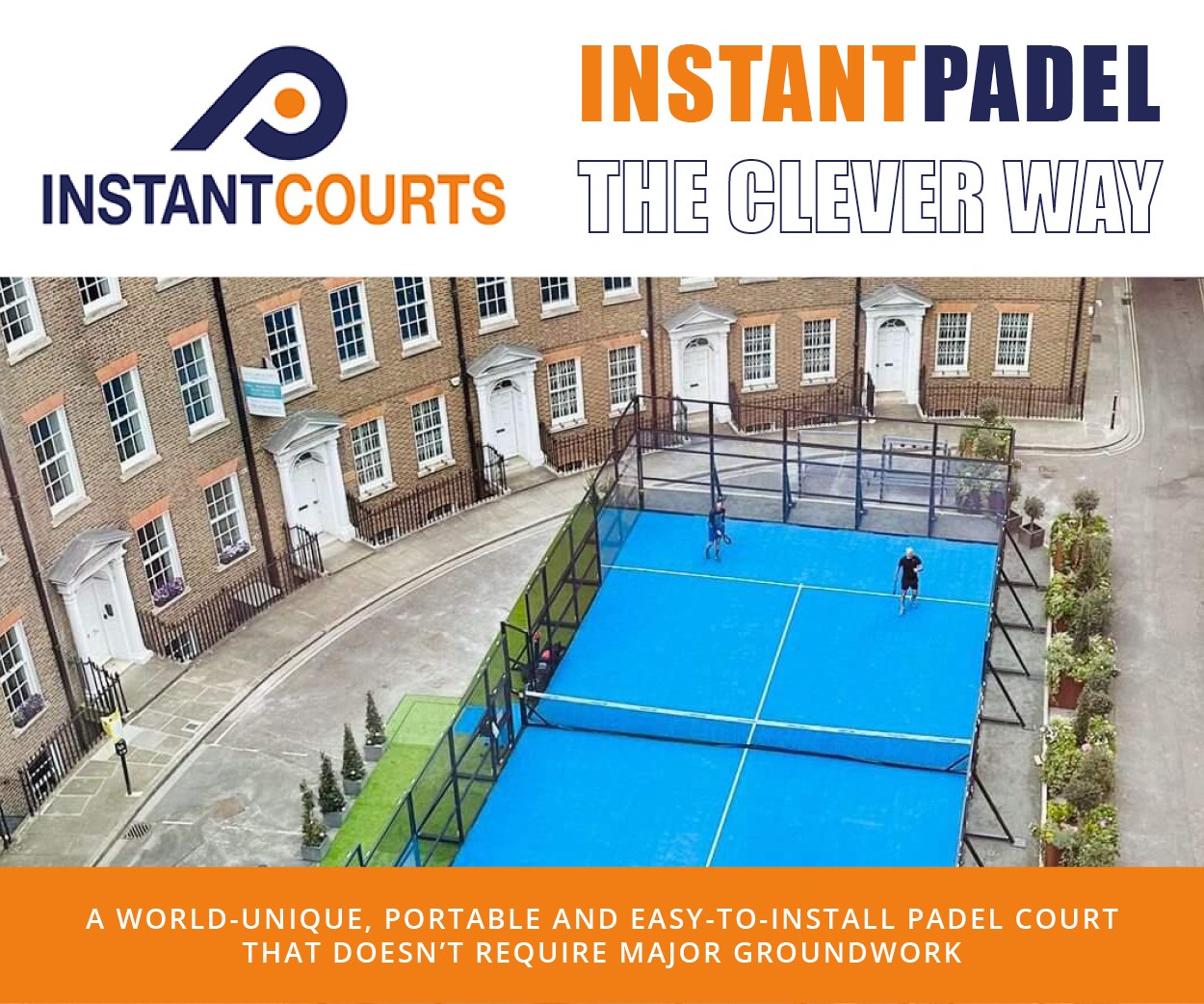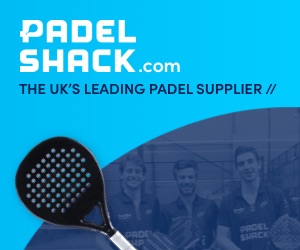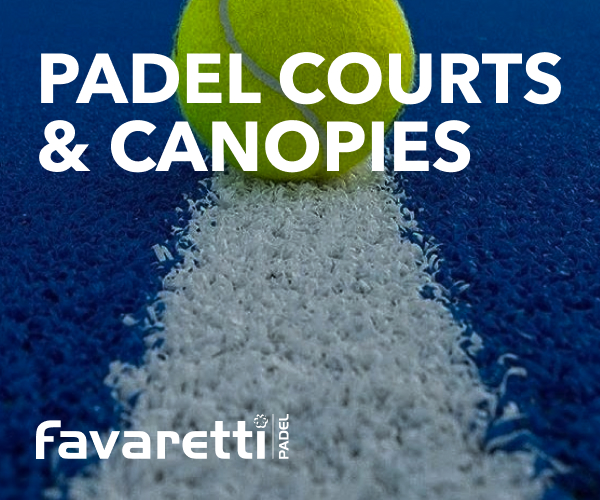NXPadel is revolutionising padel with its Fibreglass court structures which the Italian firm is calling a “game changer” for the industry.
The pioneering company is aiming to reach 40 countries in the next five years as it promotes the advantages of Fibreglass over traditional iron padel court structures.
The Padel Paper had a Q&A session with NXPadel CEO Nicola Ceresoli to address the most common questions he is asked by clients who are intrigued by the qualities of its product range.
Is Fibreglass resistant?
The two main things that can damage a padel court’s structure are impact and wind load.
Our court structures are officially certified to withstand 130kmph winds, which covers the wind speeds in 90% of the world, including Europe, African the Middle East and South America.
We were recently happy to receive safety approval from the KNLTB (the Dutch Tennis Association, which also governs padel in the Netherlands) which is the only federation in the world to issue this kind of certification.
Regarding impact with a player’s body, our structures are actually safer than their iron equivalents, because Fibreglass is more elastic than iron and can absorb more of the shock.
Is the bounce the same?

The bounce off our Fibreglass meshes along the side walls is exactly the same as with iron courts.
Our design perfectly replicates the FIP worldwide standard ‘random bounce’ off the grill which makes playing padel such a thrill. Our mesh is exactly the same design as the standard iron mesh.
In fact, the only difference you will notice is the noise. The first time you play on it can be a little bit strange because you don’t hear the same crashing noise. Within a few points, you no longer notice.
How long does Fibreglass last?
The Fibreglass compound undergoes UV treatment and – unlike iron – will not lose any of its mechanical or aesthetic qualities. It is guaranteed for 10 years.
Our structure is not painted. The black colour of the meshes is the same throughout its whole structure, so contact with a racket, watch or bracelet will not affect its colour at all. Also, it is anti-rust. No conditions force it to degrade.
The elasticity of Fibreglass also gives it extra resilience. When it comes into heavy contact of any kind, the surfaces curves to absorb the shock, but immediately and permanently returns to its original shape.
Iron surfaces become curved over time and require maintenance. But even after many months and years, the contours of an NXPadel court remain exactly the same.
Is the bounce the same off NXPadel ComfortGlass?

Our ComfortGlass is made from a specially designed acrylic compound. It is perfectly flat, as stipulated by FIP.
In testing, the ball bounces exactly the same as on a standard 12mm tempered glass padel wall (both a straight and parabolic bounce).
As with the Fibreglass mesh, it can seem strange at first that the bounce does not make any noise off the ComfortGlass surfaces. However, after a few shots, you stop noticing and enjoy your game!
Is ComfortGlass resistant?
It’s important to highlight that the product is not a polycarbonate that is subject to yellowing and scratches. It is treated with methacrylates – and that makes a big difference.
The mix it’s made from is UV-treated which prevents the yellowing effect you get with standard glass.
Surface scratches can easily be cleaned. Even if it’s subject to vandalism, the scratch may remain visible, but – unlike standard tempered glass – it will not break and will remain entirely playable.









































